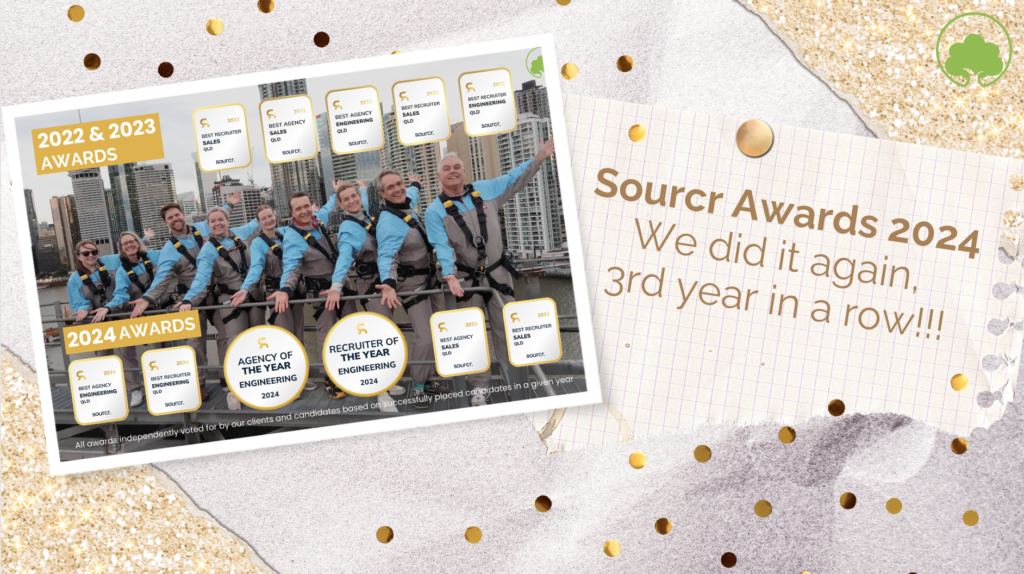I am always surprised that organisations frequently allocate funds to creating more stock and assets, improving their products or services, moving to new premises, and even increasing employee headcount. All of these things are important and should be in the growth plan of any business. But essentially, they don’t have a great impact on the sustainable growth, profitability, increased market share, and the wealth of the business. These successes rely largely on sales, re-sales, up-sells and cross-sells. In other words, sales.
Without generating revenue through selling its products or services, any business is susceptible to collapse.
I believe that to achieve this growth and sustainability, businesses need to take a thoughtful and invested approach to sales training. Note I say ‘thoughtful and invested’. A one-size-fits-all approach, or an outsider coming in to deliver sessions that don’t meet the specific needs of the business, or don’t take each individual’s skills and behavioural styles into account, is likely to meet with disinterest and disengagement. Not to mention a waste of time and money.
If training and development is conducted in a dynamic and thoughtful manner, designed to be delivered to the needs of the business and the personalities of the audience, and is engaging, interactive and specific, it can be extremely powerful. This approach and investment has been shown to increase staff retention, attract the best talent (becoming an employer of choice), increase management effectiveness, and lead to heightened levels of customer service, amongst many other benefits.
The changing sales environment
While the sales environment has changed, particularly due to the impact of the digital and online world, the capabilities, skills, power and potential of your sales people should not be underestimated. In fact, today more than ever, sales skills matter.
In many cases, there’s more competition. It’s easy for people to compare vendors before they speak to anyone. And it’s simpler than ever for buyers to switch to a different provider if they’re not happy.
Despite the technological environment, it is still the human element that can build rapport, and trust; understand customer drivers and desires, as well as make recommendations and understand the long term needs of the buyer.
Organisations need to recognise and adapt to the current trends. They need to be aware of the impact – and also the opportunity – of technology, and be open to new methods of learning. They also need to understand that the skills that worked for salespeople 20, 10 or even 5 years ago may not be as useful today. Sales skillsets, like all other skillsets, need to be continually updated and built upon to cater for changing circumstances and environments.
In an ever-changing world, these organisations stand the best chance of maximising the skills of their people and maximising the rewards and opportunities.
Sales Training: What Works
So, how can organisations ensure their salespeople are continually learning and up-skilling? These are some techniques I’ve found useful.
Leading By Example
Stakeholders, leaders, management and HR departments need to lead by example and show a visible commitment to creating a Learning & Development culture. It needs to be a part of who you are and how you do things.
Essentially, you’re creating a learning culture of continuous improvement and a commitment to this approach.
Reiteration
Training needs to be a part of the strategic and budgetary discussion. It should be in all meeting agendas, and its importance should be continually highlighted.
Create an environment that supports behavioural change
The only way to increase the skillset and capabilities of your teams is through ongoing training and continual learning. From the top down it should be an environment of investment of time, money and activity. This will support ongoing cultural and behavioural change and lead to increased levels of revenue.
Plan For Success
All training should be planned, budgeted and committed to as a critical and ongoing business process.
Once your plan is in place, and you have the cultural environment in which it can thrive, you can then implement it effectively; track and measure results, and refine and amend where required to drive ongoing exceptional results.
Support employees in other ways
With continual training you will develop a strong, diverse and capable team who can take on other roles within the business. This supports the growth and retention of your IP. Promoting from within is a great retention process and aids the business if you have developed the right skillset with each individual.
Although the world of selling has changed – and continues to change rapidly, providing ongoing training and development for your people is still as critical as ever. Organisations who embrace a culture of continual, tailored and ever-evolving learning and development for their sales people will go a long way toward achieving and retaining their customers and their competitive edge.
Remember the popular quote:
Q: What if we train our people and they leave?
A: What if you don’t train them and they stay?











